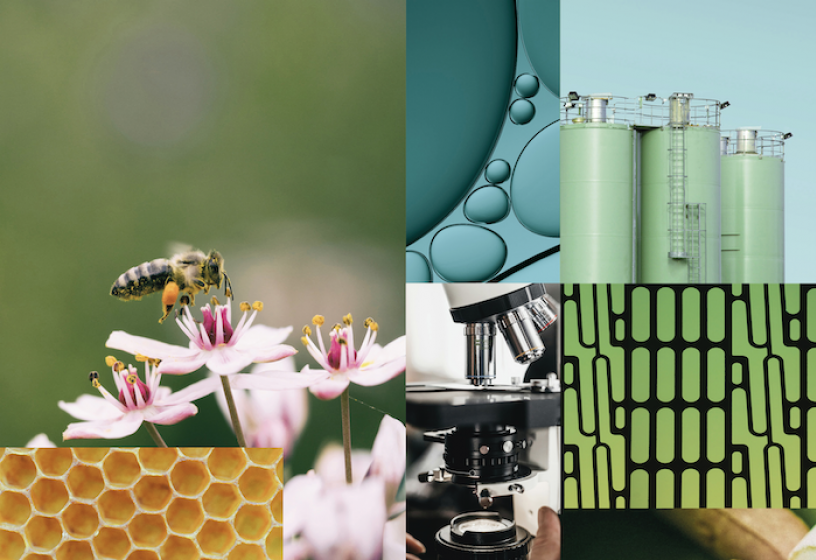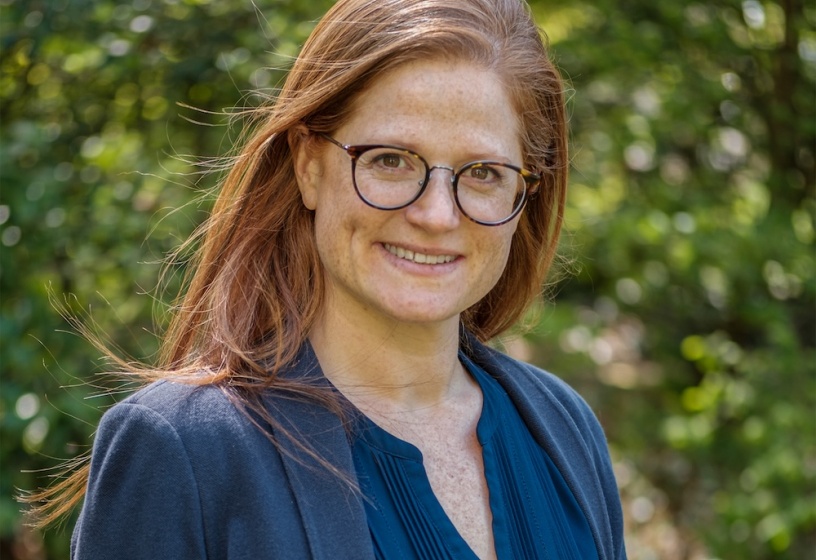Inspiring initiatives across sectors
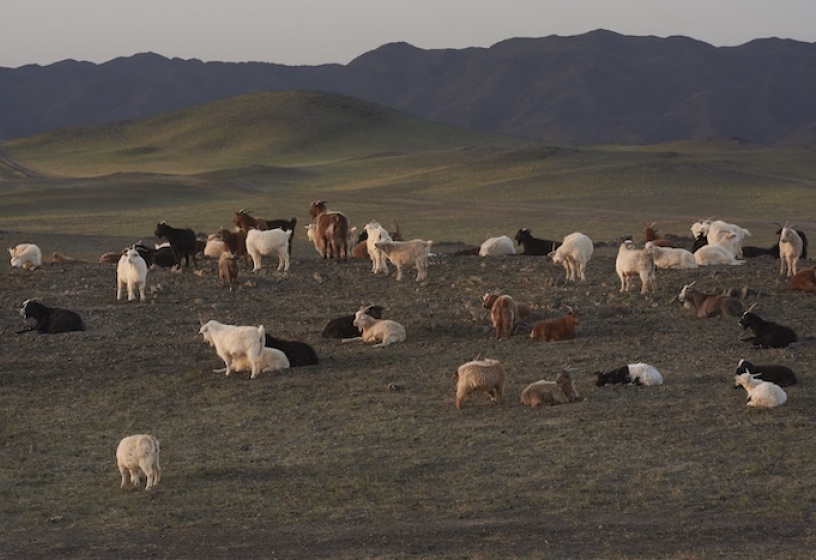
Sustainable Cashmere in the Fashion Industry
The fashion industry is often criticised for its environmental impact, including cashmere production. Since 2014, Kering joined the Wildlife Conservation Society in Mongolia for the Sustainable Cashmere project. The program focuses on pasture management and biodiversity preservation, essentials to keep a healthy ecosystem. Thanks to regenerative agricultural practices, Kering helps breeders restore soils while producing high quality and sustainable cashmere. This collaboration increased breeders’ profitability and reduced environmental damage in the Mongolian landscapes.
Habitat Rehabilitation
Holcim, major player in the construction industry, is engaged in various habitat rehabilitation projects. The goal is to minimise the impacts on local ecosystems while contributing to their regeneration. Largely depending on nature, water in particular, the company integrates that reality into its environmental actions. A concrete example of this initiative is the revitalisation of wetlands in Poland, in the Kujawy region, hosting these ecosystems among the most endangered in Europe. By collecting rainwater from one of the biggest European quarries, the organisation improves water supply in the region while preserving local biodiversity. By pursuing this strategy, Holcim highlights the industrial dependency on natural resources and the role they can play in preserving global biodiversity and ecosystems.
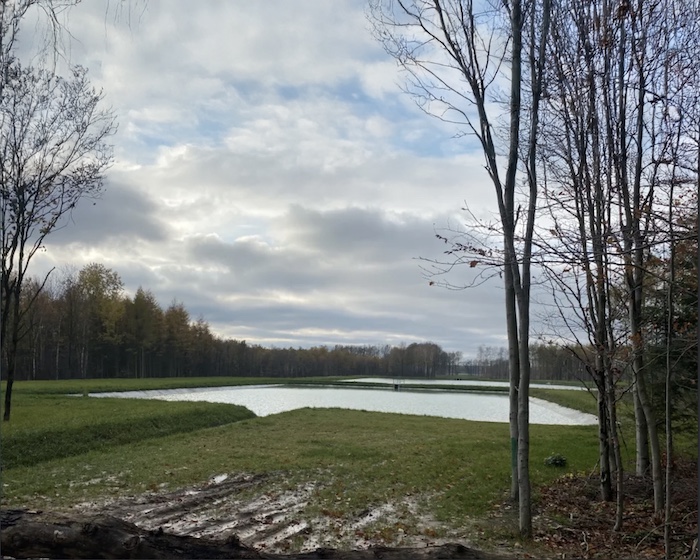
Media Visibility for Ocean Conservation
The British media Sky commits to ocean preservation. Thanks to its global diffusion, Sky uses its visibility to raise awareness towards marine pollution and lead by exemple. £25 million have been invested over five years to develop innovative solutions against plastic marine pollution. Since 2020, the company also eliminated single-use plastics from its operations and supports various projects such as the plantation of one million seaweed seeds within the biggest progress of marine habitat restoration in the UK. Sky’s initiative goes further than the simple information diffusion; they integrate concrete actions to protect oceans and raise awareness among their large audience.

Flowers preserved for their Fragrance
Dior, within the LVMH group, launched the “Flowers of regeneration” initiative, aiming to preserve and restore the floral ecosystems. This approach focuses on restoring biodiversity, with specific efforts to encourage sustainable practices in the culture of flowers grown for Dior's perfurmes. The company is also working on sustainable procurement and a more respectful approach to natural resources. The ultimate aim is to create a virtuous circle in which perfumes do not harm nature but rather contribute positively to it.

A Committed Chocolate Industry
Tony’s Chocolonely, a rising player in the chocolate industry, shines by its engagement towards a 100% deforestation free supply-chain. The company also encourages agroecological agricultural practices. Notably by the implementation of a simplified agroforestry system – with the plantation of 18 shade trees per hectare, from at least 6 different species – targeting a sustainable increase in production.
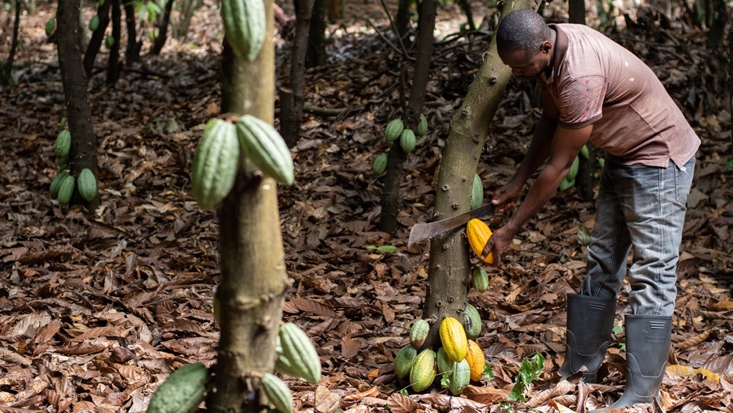
Regenerative Agriculture for Soil Health
Since 2018, Patagonia is involved in regenerative agriculture, a method aiming to restore soils while capturing CO2 from the atmosphere. By joining forces with the Rodale institute to create the Regenerative Organic Alliance, the company developed the Regenerative Organic Certification, based on strict norms for regenerative agriculture. This model is used in practice through Patagonia Provisions, an e-commerce platform for products from this type of agriculture. The company also tests this certification on cotton culture in India, a sector that is responsible for 20% of the global water pollution. Thanks to the regenerative agriculture, each hectare of restored land sequesters 3 tonnes of CO2, contributing to the achievement of the climate targets, while supporting a more sustainable food system.

Water Management in the Electronic Sector
Innolux Corporation, a major stakeholder in the electronics, installed a biodiversity and water management policy to reduce the environmental impact of its operations. After a materiality assessment, the company identified significant impacts, mostly regarding freshwater toxicity, due to the manufacturing of their products. Therefore, Innolux took concrete measures to improve the situation at their Taiwan production sites, with a 30,8% reduction of their water consumption in 2023, compared to 2016. As part of their 2030 goals Innolux targets a water recovery rate above 97%, which represents a big step forward in sustainable resources management and environmental impacts reduction.
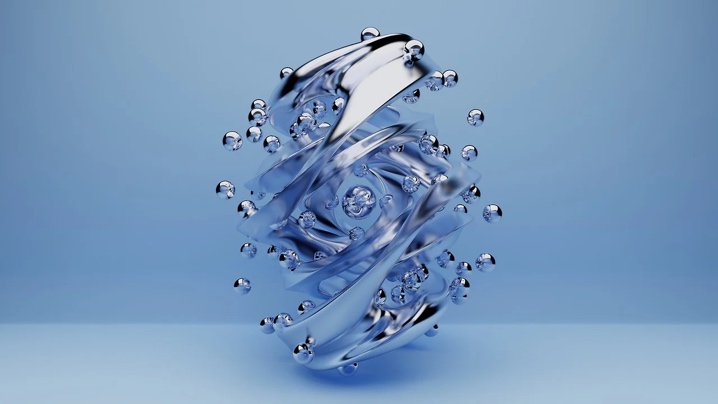
Solar Energy Supporting Pollinators
Since 2015, Engie launched pollinator-friendly solar energy projects in the USA, an initiative that links the energetic transition to the preservation of biodiversity. Solar panels were installed on sites where a mix of diverse flowers has been planted to support pollinators. This approach also contributes to maintenance cost reduction of the installations, thanks to a reduced need for maintenance and to a diminution of erosion due to a better infiltration of rainwater. Engie demonstrates that sustainable practices can support both biodiversity and corporate economic stability at the same time.

To be read also in the dossier "The Business Case for Nature"
